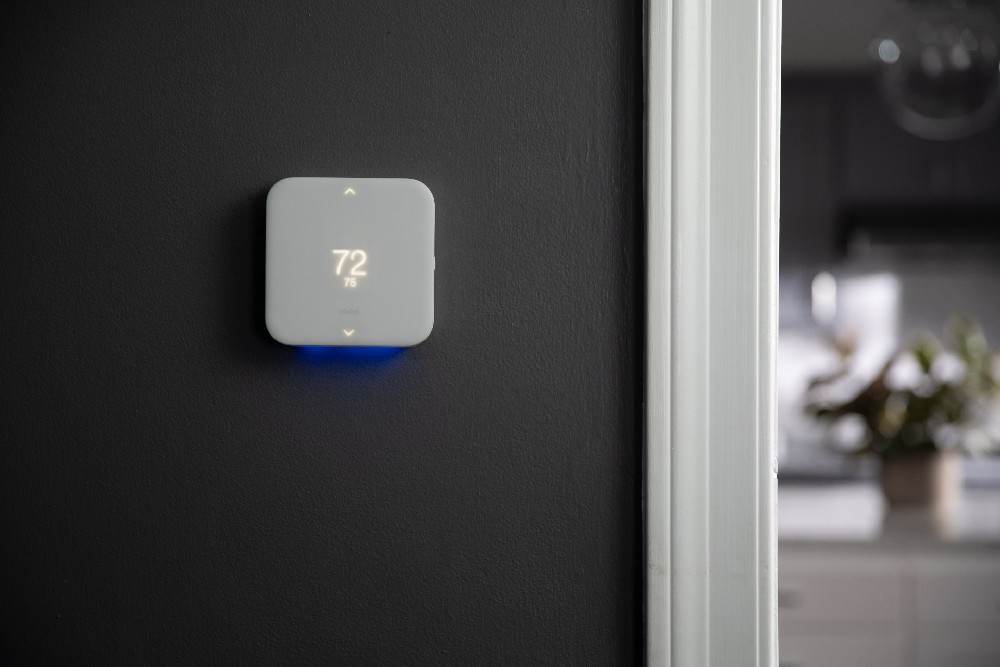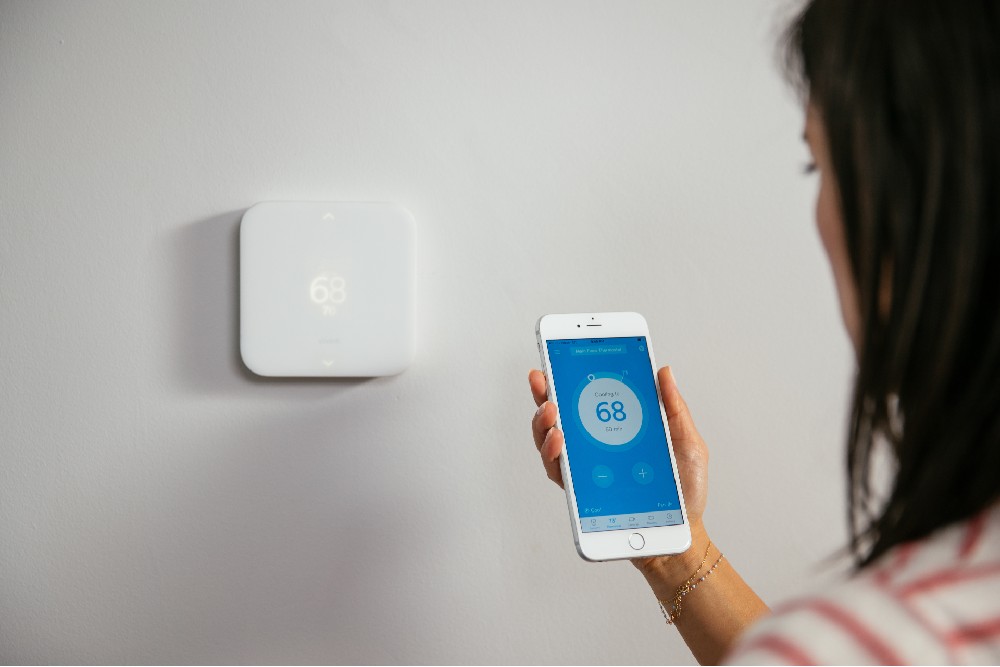Smart homes have made life more convenient for millions of people around the country. While there are hundreds of smart home devices on the market today, the most popular remains the smart thermostat. It’s easy to see why, too—they help you save money and energy without sacrificing comfort.
If you’re looking for the best smart thermostat for your home, this guide will help you learn how they work, the differences between the various types of thermostats, and various features.

History of thermostats
Thermostats have come a long way through the years. Initially, they were designed with farming and industrial uses in mind. The first thermostats on record were actually developed in the 1600s and designed to incubate eggs. In 1830, bimetallic thermostats were invented to ensure textile mills, which required a steady temperature, operated properly.
But what about residential use? Thermostats for use in homes and schools came about in 1880s. These early thermostats were the smart devices of their time, and regulated temperature inside via an invention called the damper flapper. If the temperature inside became colder than the thermostat, the damper flapper would lift the damper on the furnace. The air would then fan the furnace’s flames and warm the home.
Thermostat types
While you won’t find any thermostats hooked up to a damper flapper anymore, there are still a variety of different thermostats on the market today. The most common include dial, programmable, and smart thermostats.
Dial thermostat
You may not see many of these anymore, but they are available to purchase and install. Also called mechanical thermostats, this thermostat is wall-mounted and has a dial you can twist to control the temperature. Although this is an affordable, basic thermostat, it lacks features like programming to help you save energy and digital displays for easier reading.
Programmable thermostat
Programmable thermostats let you program the temperature in your home, so the heating or cooling kicks on or off depending on your settings. For example, you might program your thermostat to remain at 75 degrees during the day, then lower to 68 degrees at night.
Smart thermostats
Smart thermostats are smart home devices that go beyond the basic programming found in programmable thermostats. They’re designed to automate your home’s temperature, allowing you to save money and energy while staying comfortable.




